Innovative Trends in Home Car Charger Installation at China Import and Export Fair 2025
The rapid evolution of electric vehicles (EVs) has necessitated significant advancements in home car charger installation, especially in a bustling market like China. At the upcoming China Import and Export Fair 2025, innovative trends in home car charger installation will take center stage, showcasing how technology is reshaping the way consumers power their vehicles at home. This event will serve as a platform for manufacturers, installers, and tech enthusiasts to explore cutting-edge solutions that enhance the efficiency and convenience of home charging systems. From smarter charging stations equipped with AI to sustainable energy solutions that integrate seamlessly into daily life, the fair will highlight the importance of a robust home car charger infrastructure in supporting the country's growing electric vehicle adoption. As we look towards a more sustainable future, the developments showcased at the fair will play a crucial role in redefining eco-friendly transportation and empowering consumers to embrace electric mobility.
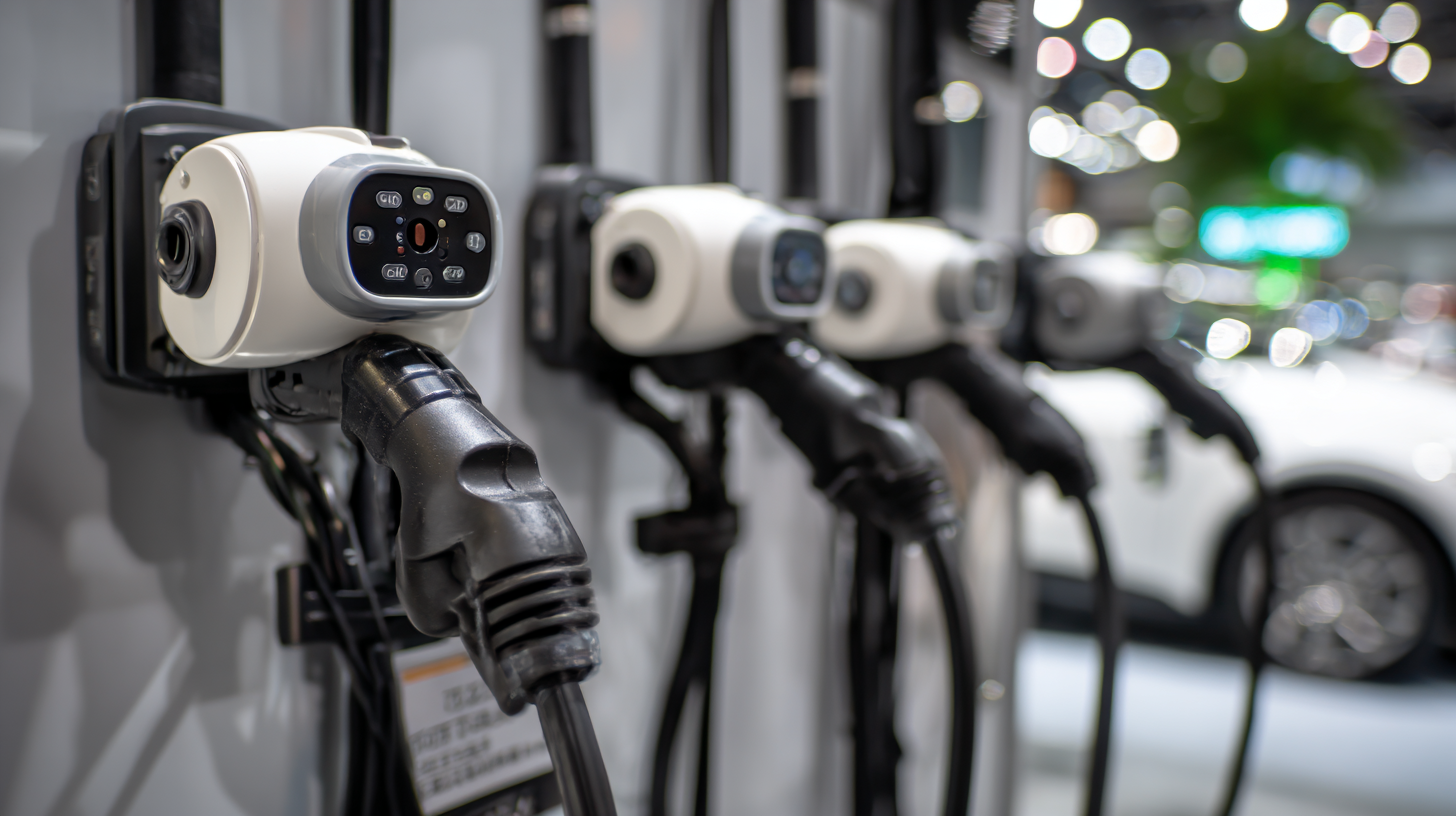
Innovative Technologies in Electric Vehicle Charging Solutions at CIEF 2025
The China Import and Export Fair 2025 will be the hotspot for showcasing innovative technologies in electric vehicle (EV) charging solutions. As the global transition towards electric mobility accelerates, reports from various industry analysts indicate that the EV market is projected to grow significantly, with an expected increase in vehicle sales from approximately 6.5 million in 2021 to around 26 million by 2030 (IEA, 2022). This surge in demand necessitates advancements in charging infrastructure, which will be a focus at the fair.
Among the innovative technologies spotlighted will be ultra-fast charging stations capable of delivering 350 kW or more, allowing for rapid charging in under 15 minutes. Investments in smart charging solutions, which utilize AI to optimize charging times and costs, are expected to rise, contributing to the anticipated growth of the market for EV charging stations, estimated to reach over $140 billion by 2030 (ResearchAndMarkets, 2023). These developments indicate a clear shift towards smarter, more efficient systems that will not only improve the user experience but also support the broader integration of renewable energy sources into the EV charging landscape.
Electric Vehicle Charging Solutions Trends at CIEF 2025
Emerging Trends in Home Car Charger Design: A Focus on User Experience
The design of home car chargers is evolving rapidly, focusing not just on functionality but enhancing user experience. As electric vehicle adoption grows, consumers are seeking chargers that are easy to use, aesthetically pleasing, and integrated seamlessly into their homes. Innovations are emerging that prioritize intuitive interfaces, smart connectivity, and minimalistic designs that complement modern home decor.
Tips for users when selecting a home car charger include considering compatibility with their vehicle model and ensuring the charger meets their specific power needs. Additionally, look for chargers that offer app connectivity for real-time monitoring and remote control, which can significantly elevate the overall user experience. Ease of installation should also be a priority, as many homeowners prefer a plug-and-play solution without extensive electrical work.
Furthermore, charging stations with adaptive designs that blend into various environments are gaining popularity. Chargers that feature customizable colors or finishes allow users to personalize their setup, making the device a part of their home rather than an eyesore. As the 2025 China Import and Export Fair highlights these emerging trends, the focus on user-centric design will likely shape the future of home charging solutions.
Innovative Trends in Home Car Charger Installation at China Import and Export Fair 2025 - Emerging Trends in Home Car Charger Design: A Focus on User Experience
| Feature | Description | User Experience Impact | Popularity (2025) |
|---|---|---|---|
| Smart Connectivity | Integration with home networks and mobile apps. | Enhances convenience and monitoring capabilities. | 85% |
| Energy Efficiency | Utilizes renewable energy sources for charging. | Promotes sustainability and reduces costs. | 72% |
| User-friendly Interfaces | Touchscreen displays with intuitive controls. | Improves user satisfaction and ease of use. | 78% |
| Safety Features | Overload protection and automatic shut-off. | Increases trust and security for users. | 90% |
| Compact Design | Space-saving and aesthetically pleasing forms. | Fits well in various home environments. | 80% |
Market Forecast: Growth of Home Charging Stations in China by 2025
The upcoming China Import and Export Fair 2025 is set to showcase innovative trends in home car charger installations, aligning with the robust growth projected for home charging stations in China. By 2025, the market value for multi-purpose vehicles (MPVs) is estimated at $87.31 billion, indicating a steady rise from the previous year. This growth in vehicle sales coincides with an increase in demand for efficient home charging solutions, as electric vehicles (EVs) continue to gain popularity among consumers.
As per industry reports, the global electric vehicle market size is expected to reach $244.7 billion by 2025, further amplifying the need for accessible charging infrastructure. Home charging stations are a critical component in alleviating charging anxiety, a prevalent concern for potential electric vehicle buyers. Forecasts suggest the electric vehicle charging station market will grow from $30.06 billion in 2025 to an impressive $257.22 billion by 2032, reflecting a compound annual growth rate (CAGR) of 35.50%.
Tip: When considering the installation of a home charger, it’s crucial to choose a model that aligns with your vehicle's specifications to maximize charging efficiency.
Tip: Stay updated with local regulations and incentives related to home charger installations, as these can significantly affect your investment and return.
Impact of Government Policies on EV Charging Infrastructure Expansion
The expansion of electric vehicle (EV) charging infrastructure across the globe is significantly influenced by government policies. As countries intensify their commitment to promoting green transportation, favorable regulations and incentives play a critical role in accelerating the deployment of EV charging systems. Initiatives such as tax credits, grants, and subsidies for both consumers and businesses aim to lower the barriers to EV adoption, enhancing the overall market for electric vehicles and their supporting infrastructure.
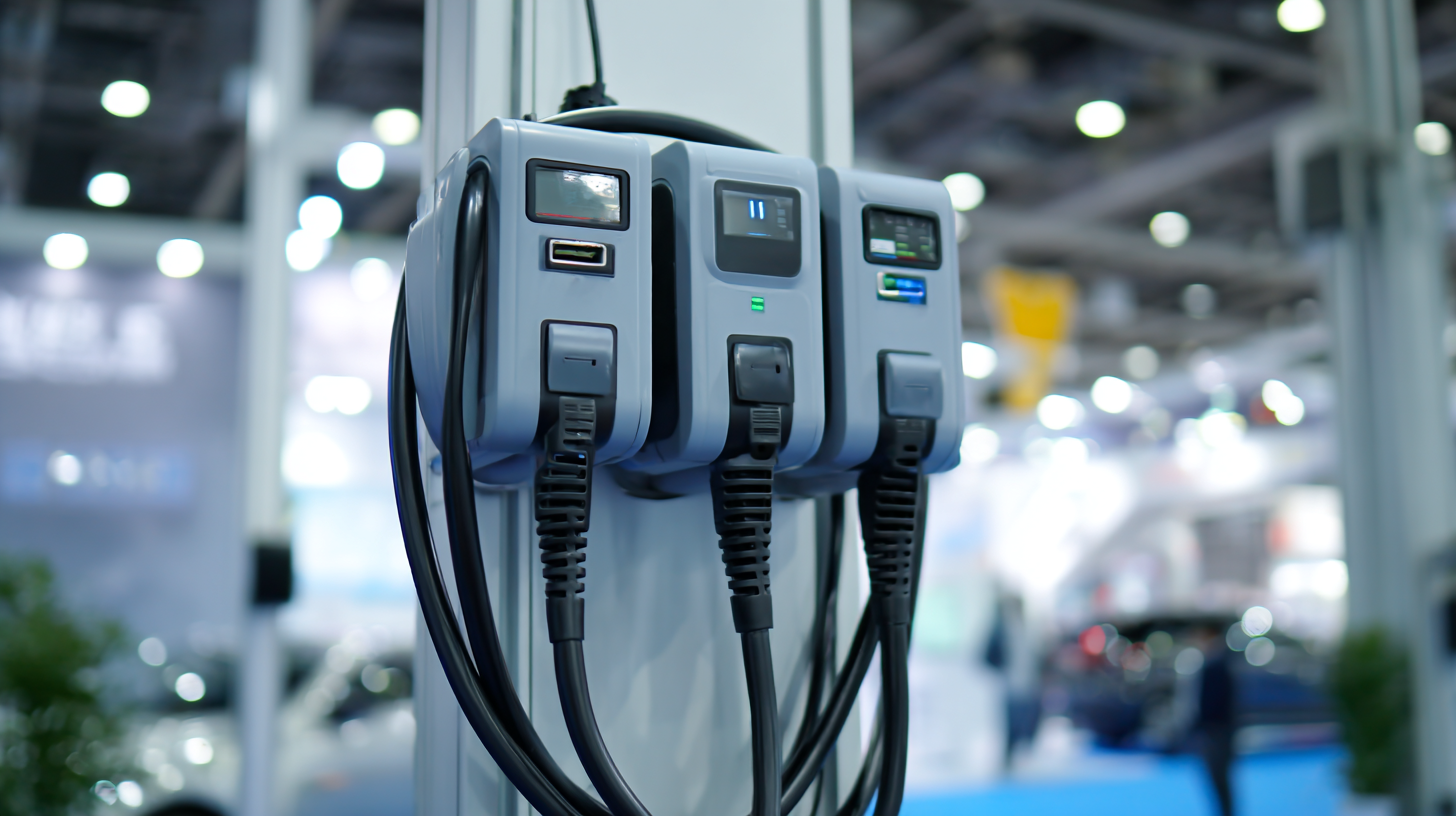
Recent data indicates that the market for electric vehicle charging stations is projected to grow exponentially, reaching an estimated $25.59 billion by 2025, driven by the combined effects of environmental concerns and economic factors. Governments are strategically targeting investments in charging infrastructures, recognizing their vital importance in creating a robust ecosystem for EVs. The implementation of streamlined permitting processes and the designation of charging zones are examples of how policies can directly support the establishment of a comprehensive charging network, ultimately facilitating a smoother transition to electric mobility.
Sustainable Charging Solutions: Integrating Renewable Energy into Home Installations
The increasing popularity of electric vehicles (EVs) has prompted a surge in demand for home car charger installations. At the China Import and Export Fair 2025, innovative trends in this sector will showcase sustainable charging solutions that prioritize renewable energy integration. According to a report by the International Energy Agency, the global number of electric vehicles is expected to surpass 230 million by 2030, highlighting the critical need for efficient home charging systems that leverage clean energy sources.
Integrating solar power into home charger setups is not only environmentally friendly but also economically viable. Homeowners can reduce their energy costs significantly by utilizing solar energy for charging their vehicles. A recent study revealed that households could save up to 70% on charging expenses by installing a solar panel system alongside their home chargers. This trend not only supports individual savings but also contributes to national efforts in reducing carbon footprints.
Tip: When considering a home car charger installation, evaluate your utility rates and the availability of solar incentives in your area to maximize your investment. Additionally, investing in smart charging technology can help optimize charging times based on renewable energy availability, ensuring that users benefit from a greener solution.
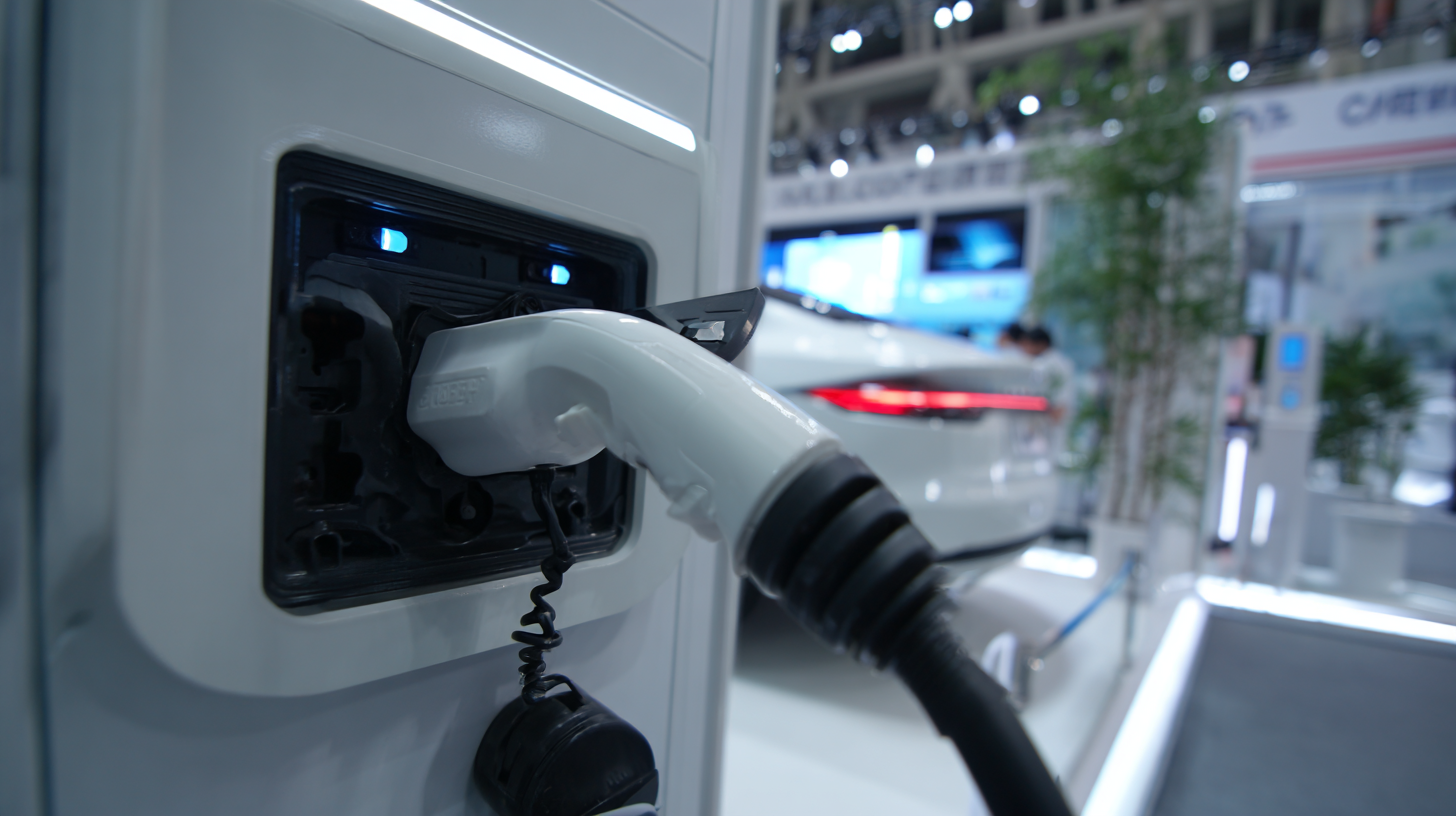
Related Posts
-

Unlocking Convenience and Efficiency with Home Charger Installation Benefits
-
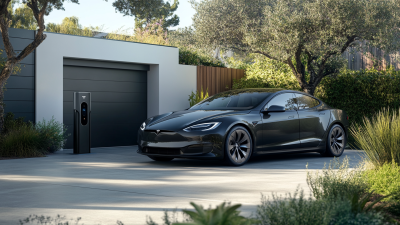
Choosing the Right Electric Charger Installation Provider How to Evaluate Quality and Performance Based on Industry Standards
-
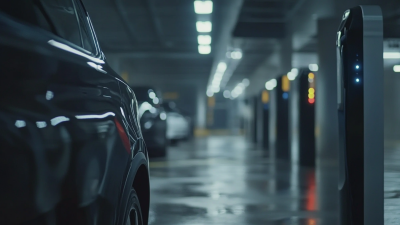
Unlocking Efficiency: The Future of Global Electric Charger Installations
-
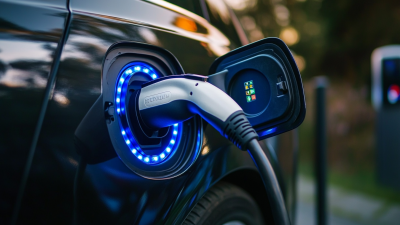
Understanding After Sales Benefits and Repair Costs for the Best Electric Car Charger
-

Challenges with Understanding Ev Charger Installation Cost for Global Buyers
-
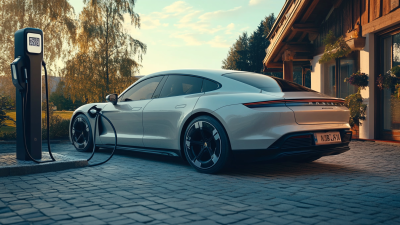
How to Identify Top Manufacturers for the Best Ev Charger Solutions
